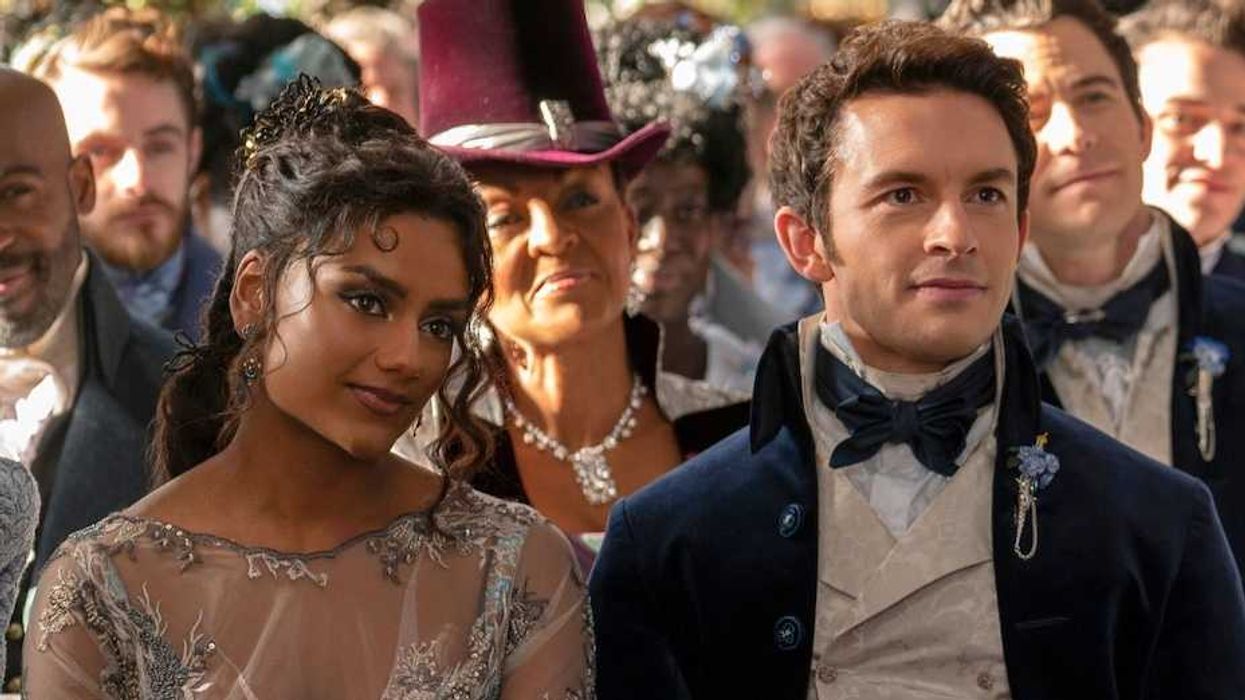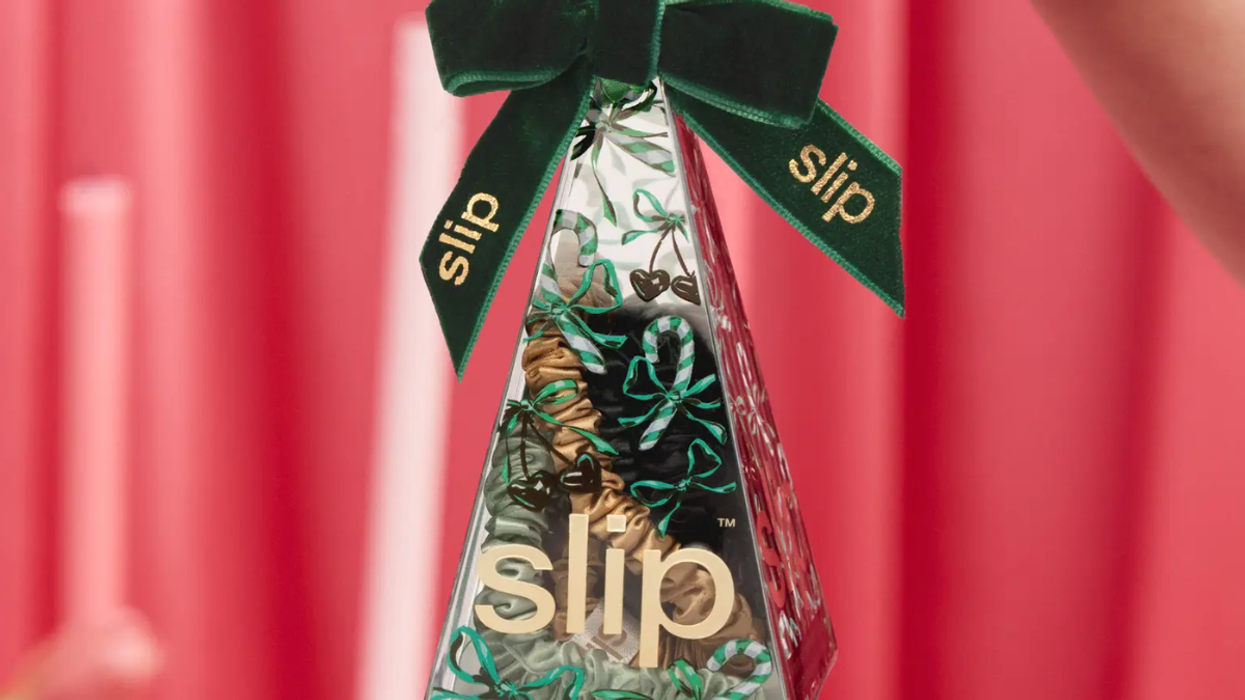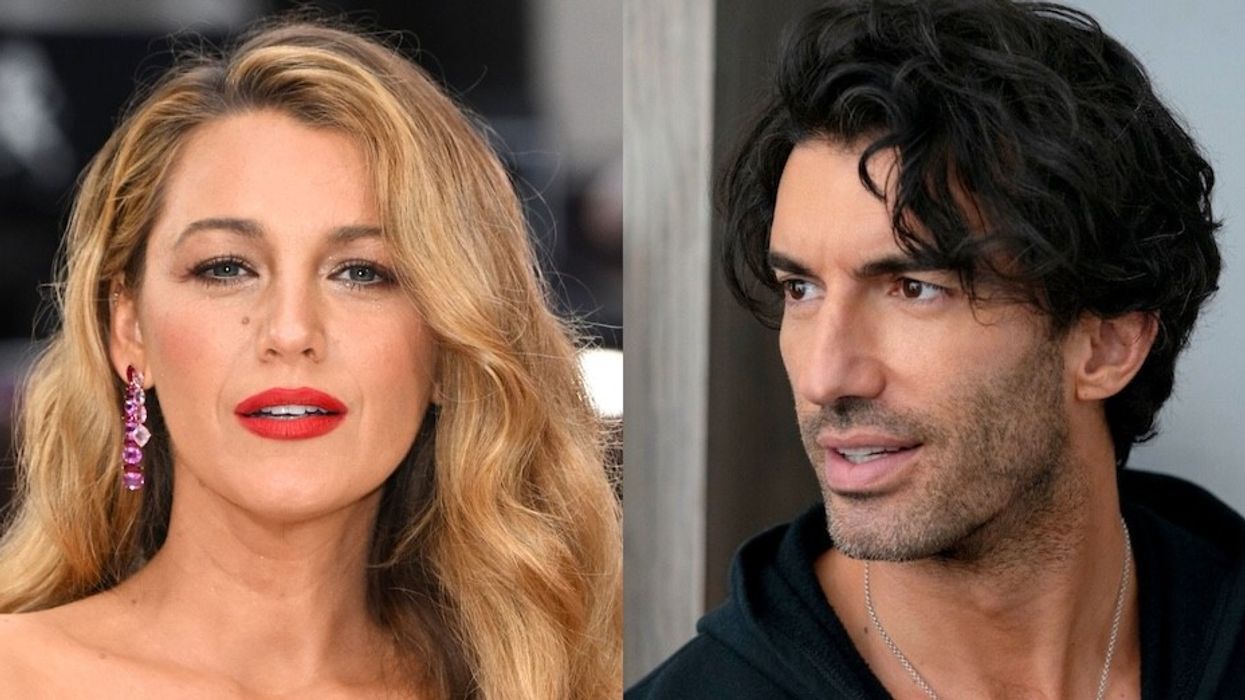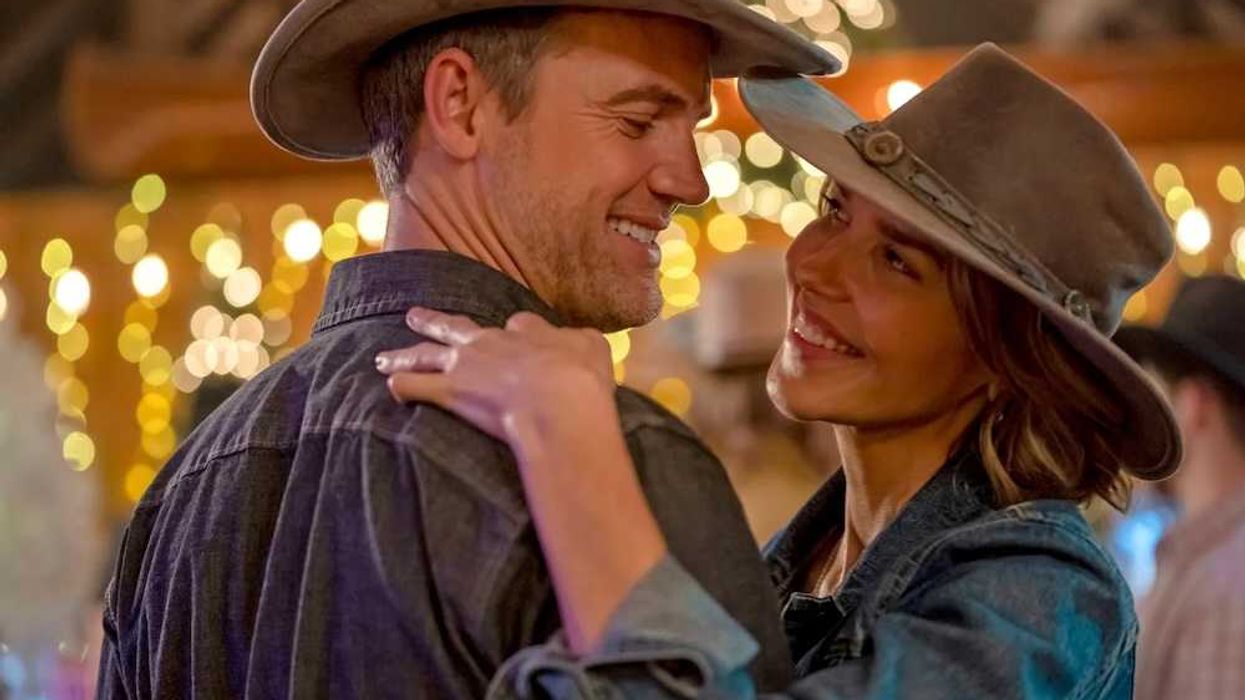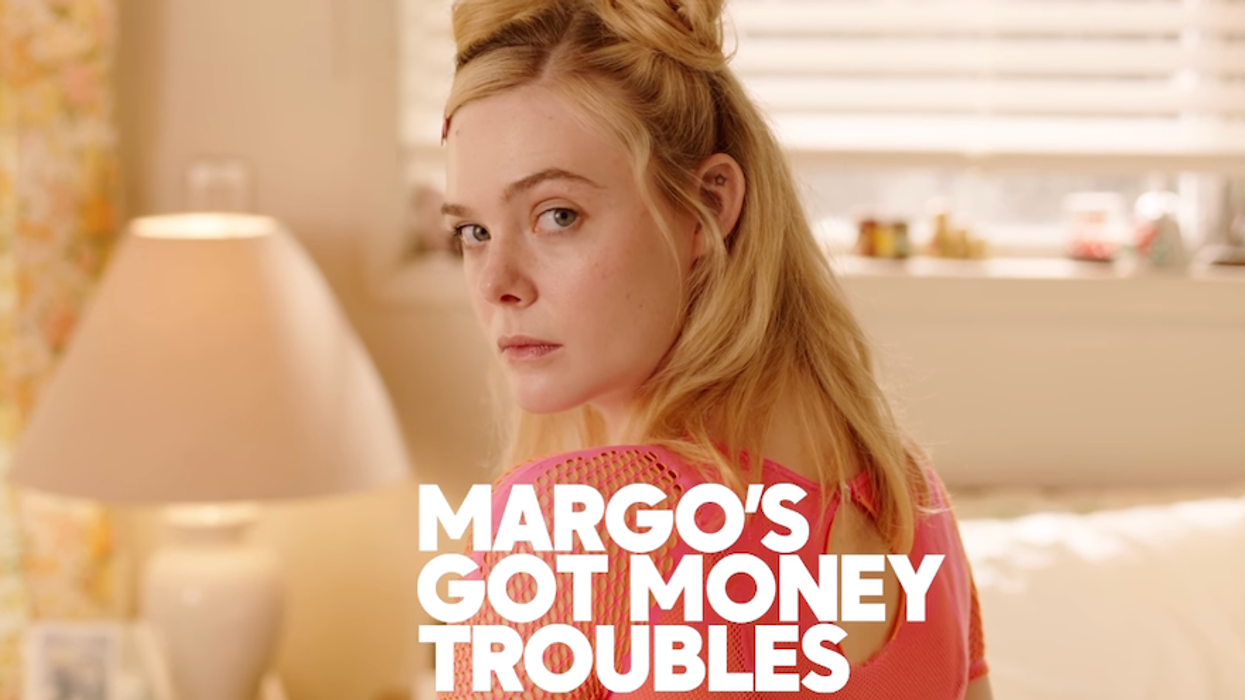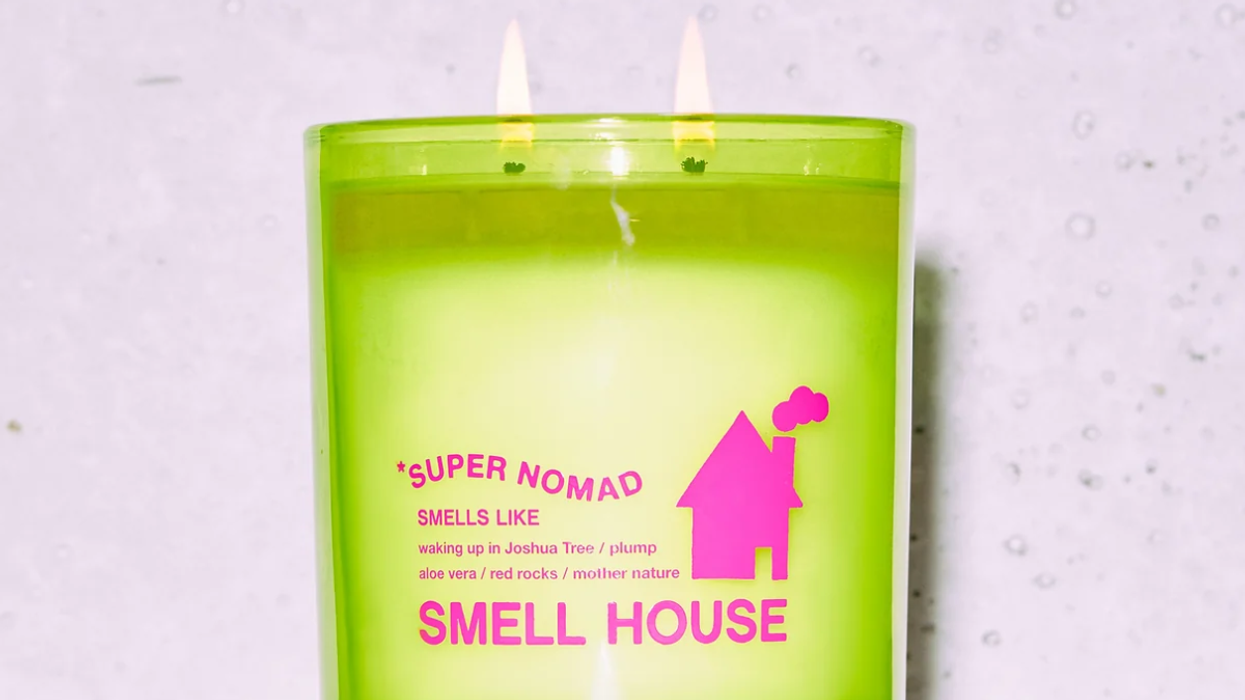You probably are doing this wrong.
Am I Doing This Wrong? How to Buy a Perfectly Fitting Bra
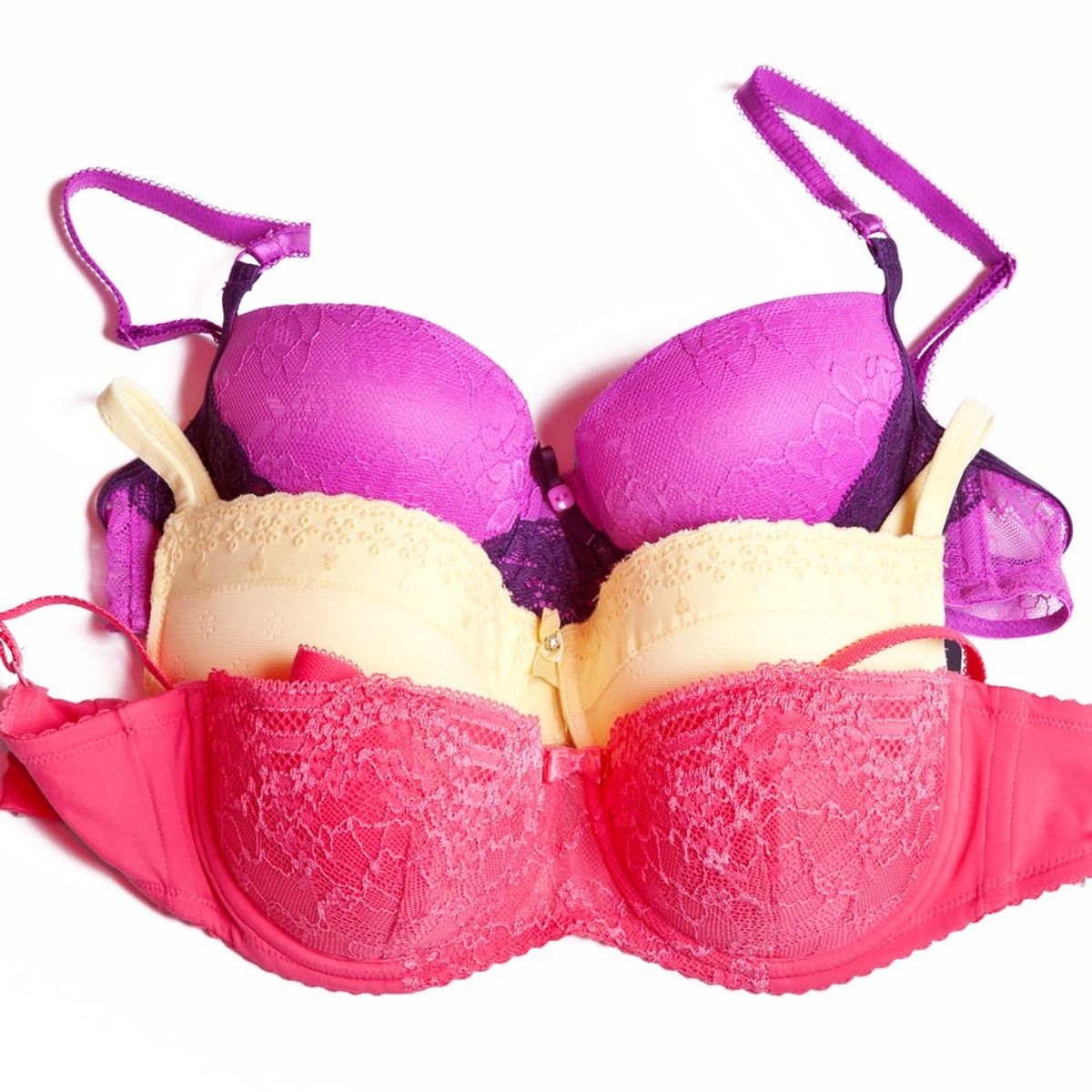
For most women, bras are a fact of daily life. So we were downright shocked to find out that eight out of 10 women are wearing the wrong size! With so many shapes, sizes and styles (think: everything from a sexy mesh balconette to finding bras for tricky necklines), it’s easy to get overwhelmed. Not to mention that each of us has different needs when it comes to finding “the one.” Some ladies are narrow but busty, while other may be broader but less ample up top. With the help of lingerie whisperers Journelle CEO Lyn Lewis and Teddies for Bettys founder Ashley Kelsch, we’re sharing common bra shopping mistakes and misconceptions, as well as the best advice and top tips and tricks to help you find the perfect fitting bra (yes, even strapless!).
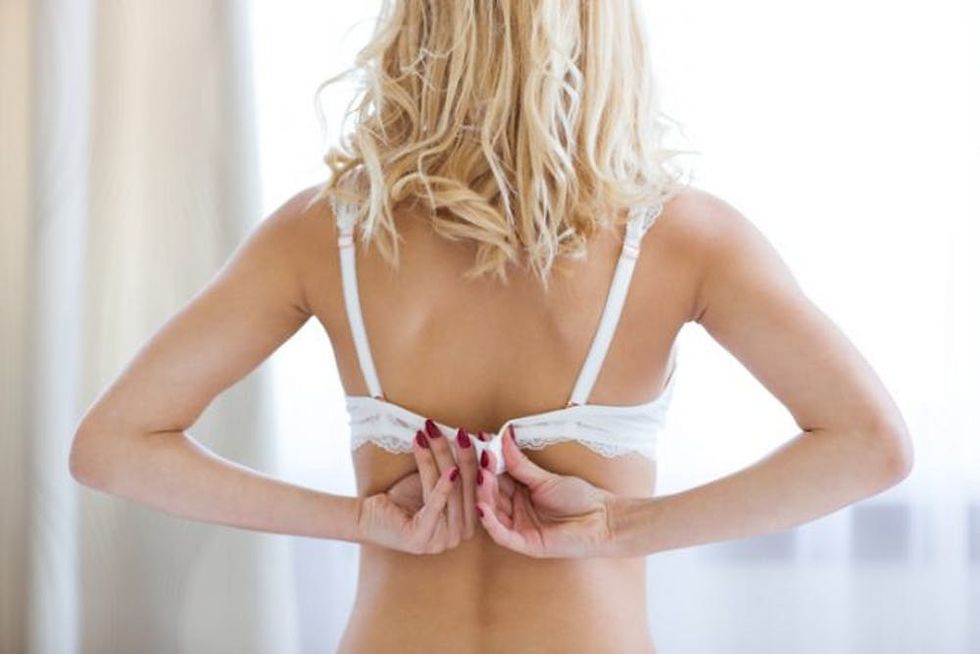
1. A well-fitting bra can and will make you feel good: “Bras that fit correctly truly improve your day. It’s not that wearing a quality bra in your right size will feel good, per se — because really you won’t notice it… and that’s the point,” explains Lewis. (Photo via Getty)
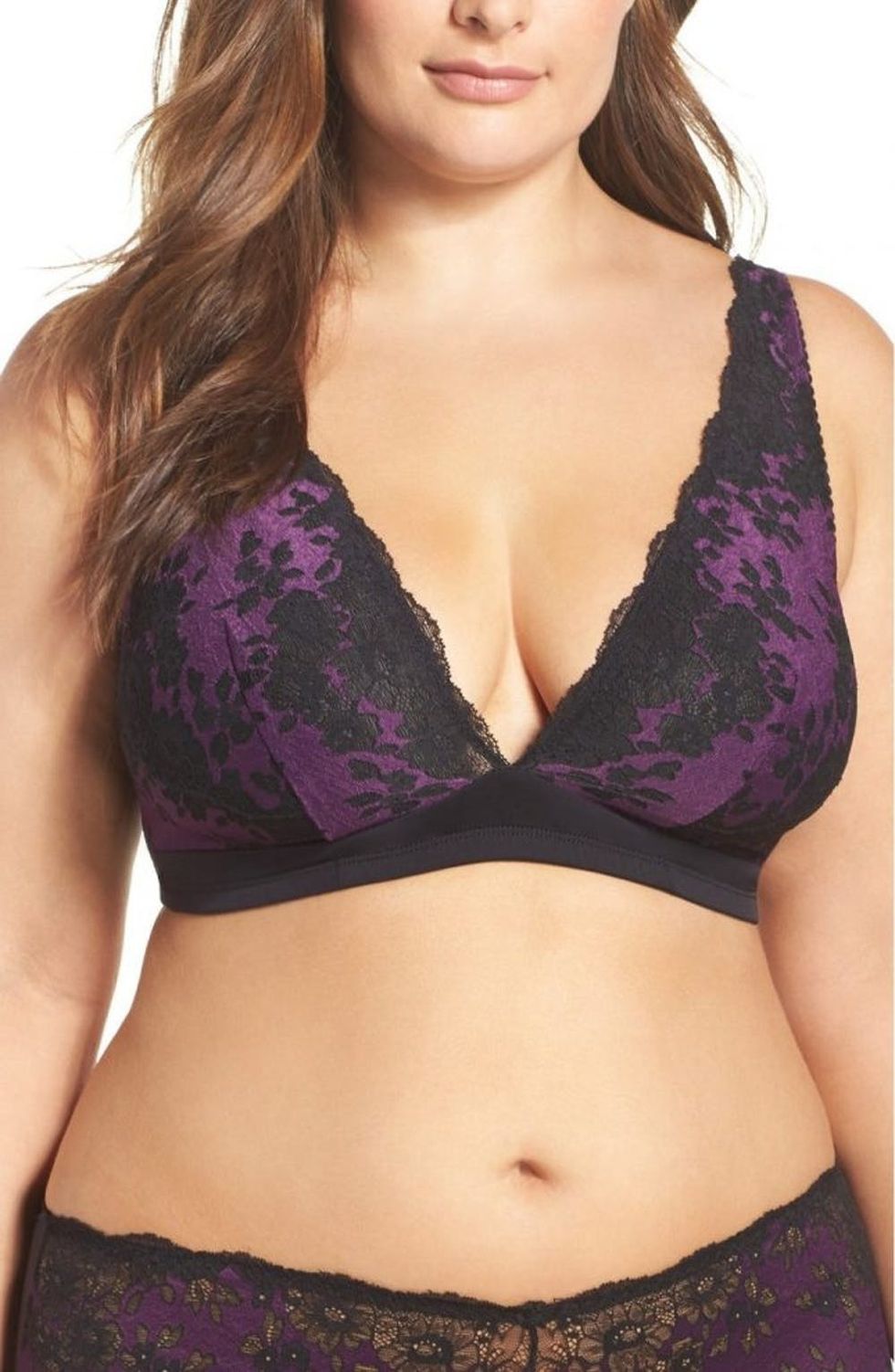
2. Signs that you need a new bra: 1) Spillage out of the top and or sides. 2) A bubble or air pocket at the top of the cup. 3) You’re on the tightest hook eye closure and your band keeps riding up your back. 4) You find yourself pulling it down constantly. (Photo via Cosabella)
It’s worth it to get measured
 Most women are wearing the wrong bra size. “I talk to petite women all the time who believe that they are a 34 or 36 band when they would be much better off wearing a 30 or 32 band.” You don’t actually know your size until you measure yourself or get measured in a lingerie store. Here’s how to measure: You can either go to a lingerie store and enlist the help of a professional, grab a tape measure and head to YouTube, try the ThirdLove app or call Journelle customer service (the customer care team walks women through at-home fittings every day). Kelsch recommends getting fitted every six months if you can (our size can change depending on weight loss, pregnancy, exercise).
Most women are wearing the wrong bra size. “I talk to petite women all the time who believe that they are a 34 or 36 band when they would be much better off wearing a 30 or 32 band.” You don’t actually know your size until you measure yourself or get measured in a lingerie store. Here’s how to measure: You can either go to a lingerie store and enlist the help of a professional, grab a tape measure and head to YouTube, try the ThirdLove app or call Journelle customer service (the customer care team walks women through at-home fittings every day). Kelsch recommends getting fitted every six months if you can (our size can change depending on weight loss, pregnancy, exercise).
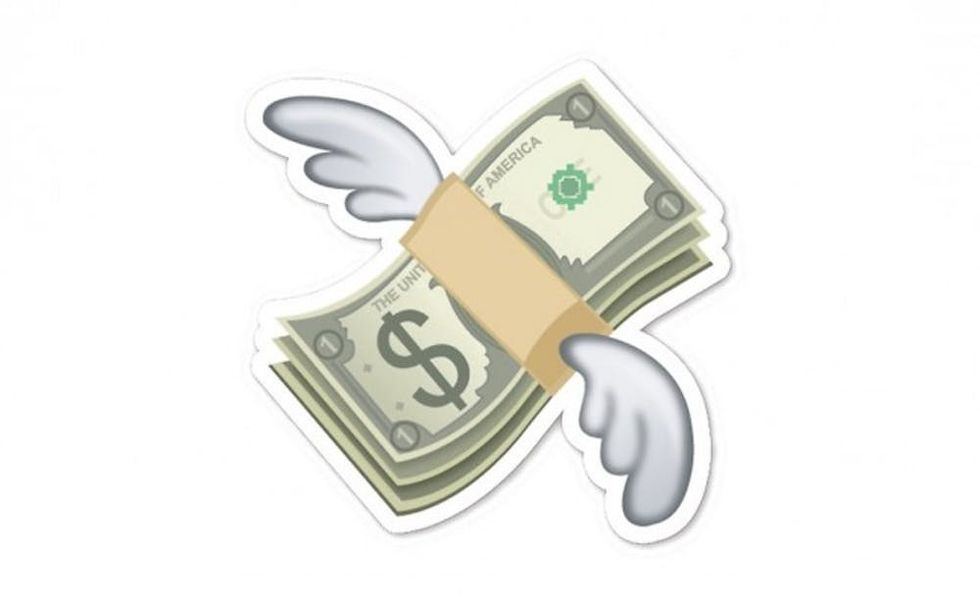
4. Your uncomfortable bra is a capitalist invention: “One of the reasons so many women are wearing uncomfortable bras (in the wrong size) has to do with the cost structure of producing lingerie,” explains Lewis. “It’s way cheaper for big factories and big lingerie companies to make just a few sizes (32-36, A-DD), than it is to produce a given style in a wide size range. As a result, vendors produce only the most popular ‘average’ sizes, and try to fit all potential customers who come through their doors into those items.” Interesting fact: At Journelle, only half the customers fit into mass-market sizes. “It’s not that we target or even attract women who are looking for non-standard sizes — it’s just that we talk women though fit, so they find their true size.”
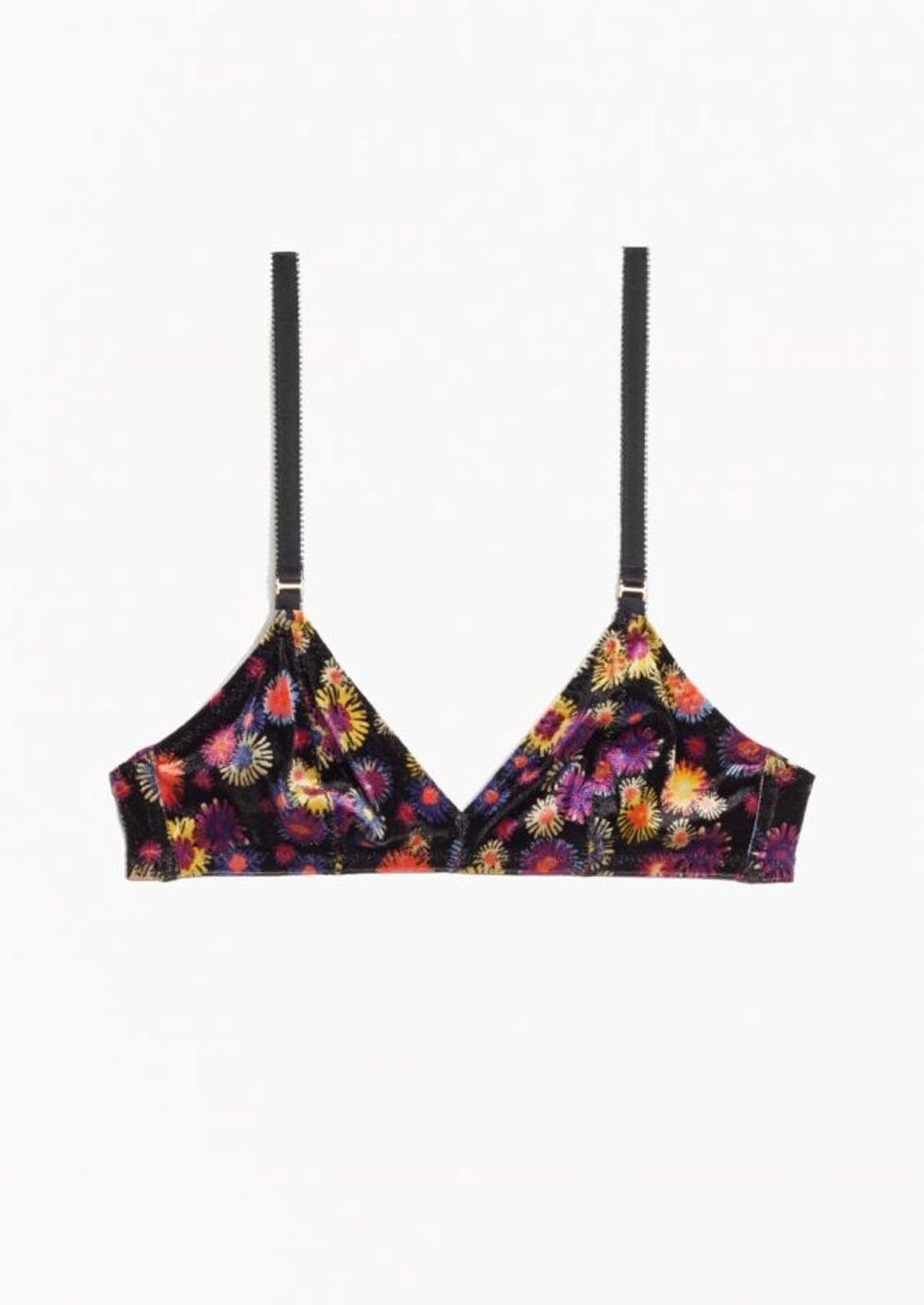
5. Not all breasts or bra styles fit the same mold: Kelsch recommends spending some time trying on different bra styles and silhouettes. There are TONS to choose from and can be deceiving on a hanger or mannequin. “Depending on the shape of your breast and where your tissue lays you will find that a certain style (e.g., demi or sweetheart) may or may not fit you well. A common misunderstanding is that, insert any bra size, will fit the same. This could not be further from the truth. For example, some brands are made for full cups and would swallow a woman who doesn’t have a lot of breast tissue on top or on the sides.”

6. There is no such thing as being a “C-cup” or any other cup size: The cup size only has meaning when paired with a band size (#mindblown). “The breast-tissue-mass of a woman wearing a 32D is equivalent to the breast-tissue-mass of a woman wearing a 34C and a woman wearing a 36B,” explains Lewis. Don’t believe us? According to Lewis, the plastic underwires in these different sized bras are exactly the same piece of material!

7. When it comes to underwire, remember to “scoop and swoop”: “The underwire or mold should hit just below your underarm and all your breast tissue should be pulled forward (This method is often referred to as the ‘scoop and swoop’),” says Kelsch. If you notice your breasts are pouring out the front or the sides of your bra cup, you need to go up a size. (Photo via Nude for All)

8. Straps shouldn’t slide: Make sure your straps are adjusted properly and the center gore lays flat. Pro tip: When a bra fits, the straps won’t slip down, require any yanking or re-positioning or leave you with red marks. (Photo via Stella McCartney)



